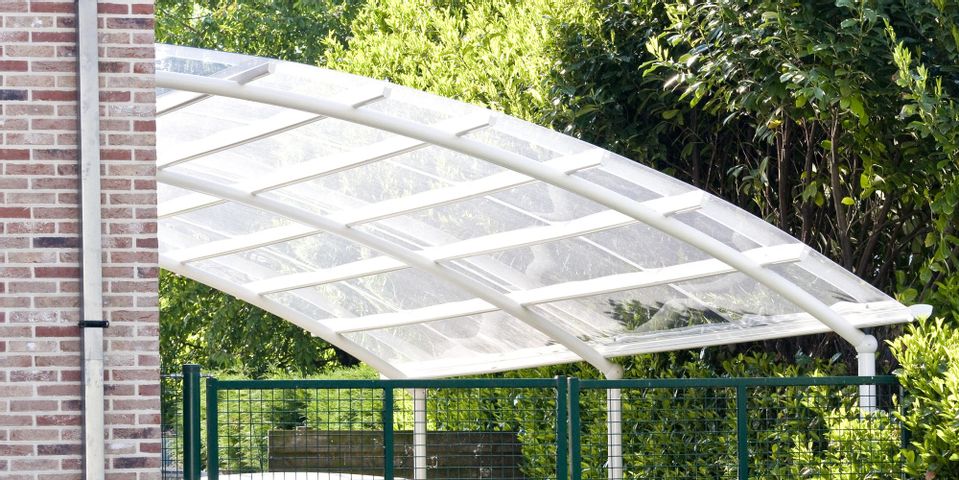What's the Difference Between Plexiglass, Plexiglas®, & Acrylic?

Plexiglass, Plexiglas®, and acrylic are terms used interchangeably, although they are distinct products. These acrylic sheets or materials are applied in everything from the creative arts to the marine industry. Learn more about the differences between these products in the guide below.
Acrylic
Acrylic is a thermoplastic, so it can be melted down again and reused. Acrylic sheets can be milled, glued, and shaped via heat, which makes them useful in a variety of commercial applications. It can also be used in place of glass. The chemical name of acrylic is Poly(methyl methacrylate) (PMMA). Acrylic sheets are manufactured through cell casting or extrusion.
Plexiglas
PMMA was invented by Otto Röhm in 1933 and trademarked as Plexiglas when it became available commercially. It can be clear or colored and has good optical properties.
Although it was the first brand of acrylic sheeting on the market, there are now additional brands, including Lucite® and Perspex®. The branded Plexiglas product is manufactured with cell casting, which makes it harder, less liable to scratch, and less likely to contain visual impurities such as specks, ripples, or bubbling.
Plexiglass
 This generic name evolved from the trademarked Plexiglas®. There is no chemical difference between a product described as plexiglass and the trademarked version; however, the method of manufacturing will vary by brand. Cell casting is more expensive but also more durable than extrusion. Choosing a brand of plexiglass depends on the application and cost concerns.
This generic name evolved from the trademarked Plexiglas®. There is no chemical difference between a product described as plexiglass and the trademarked version; however, the method of manufacturing will vary by brand. Cell casting is more expensive but also more durable than extrusion. Choosing a brand of plexiglass depends on the application and cost concerns.
If you need acrylic products for your business in Hawaii, turn to Min Plastics & Supply in Honolulu. They specialize in custom fabrication of plastic products for any application. This family-owned and -operated business has met the state’s plastic needs for over 60 years. Call (808) 847-1511 to place an order, or visit their website to see a full range of products.
About the Business
Have a question? Ask the experts!
Send your question

